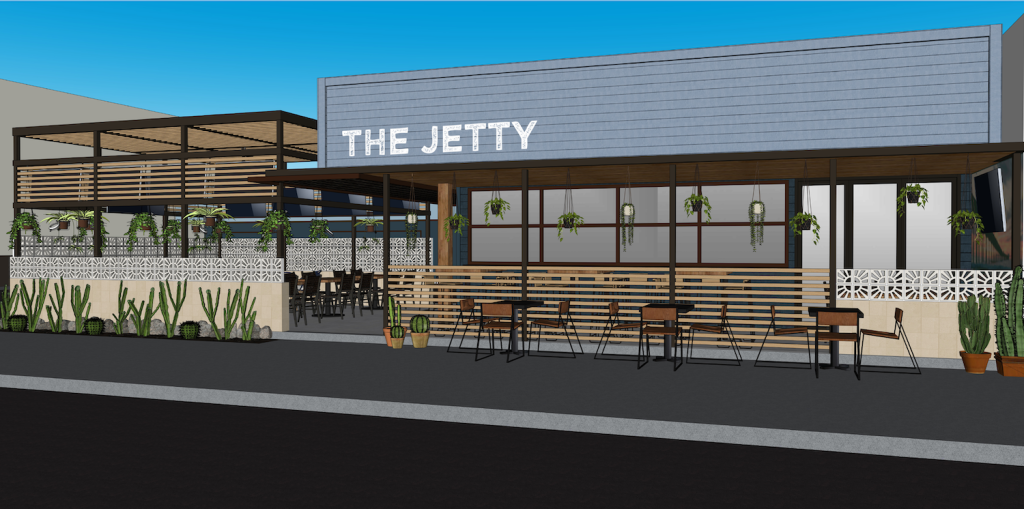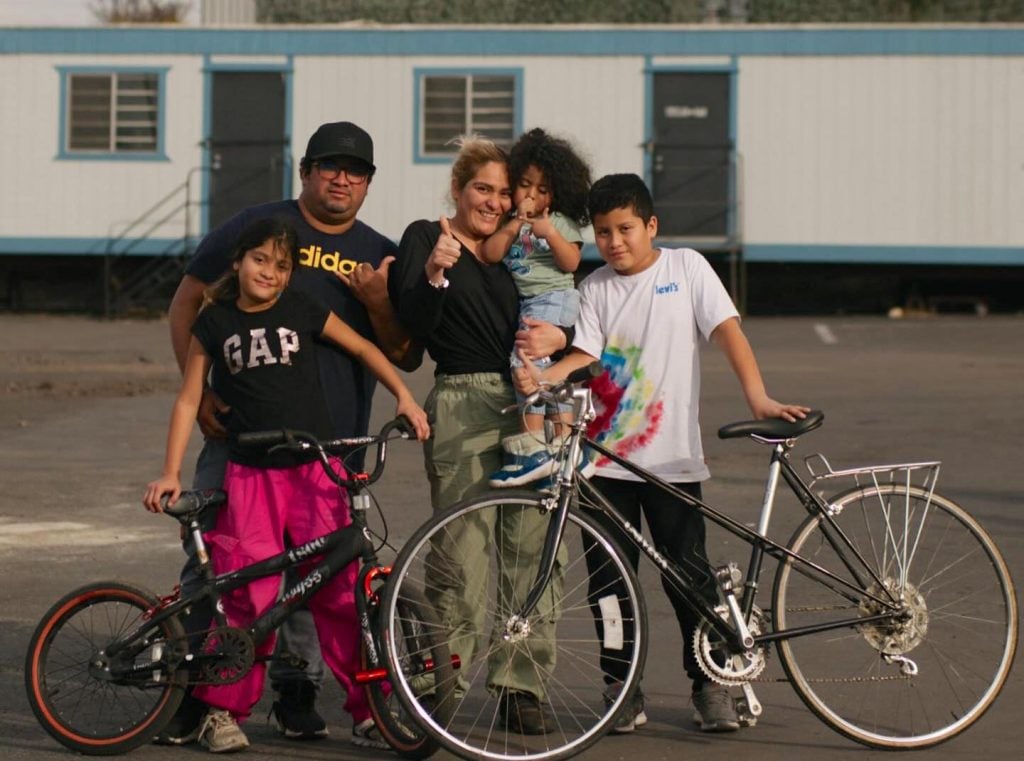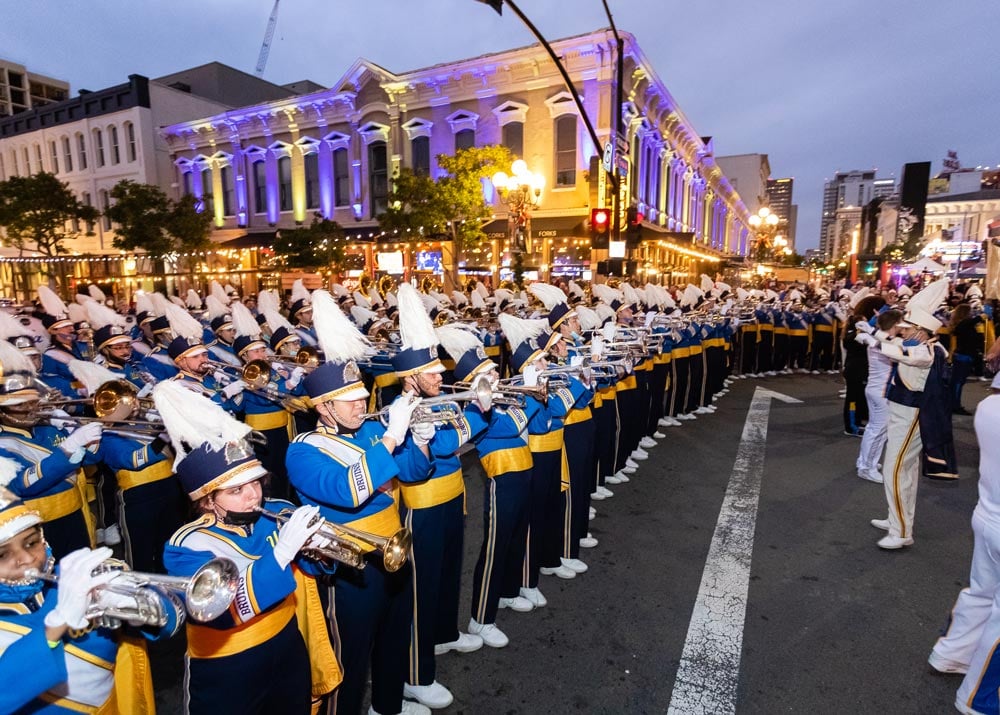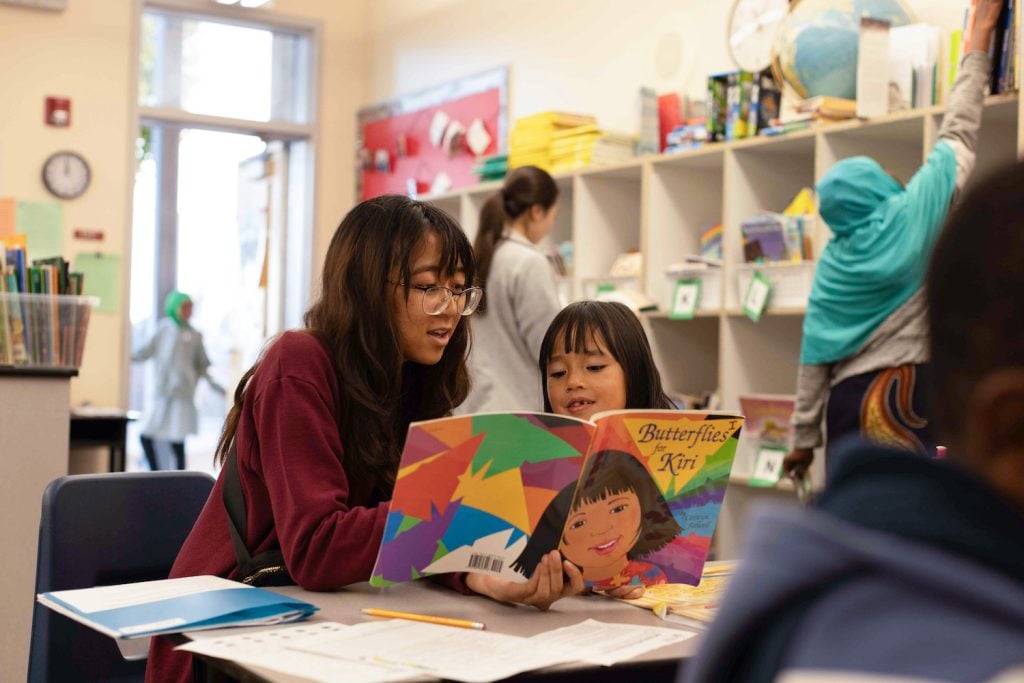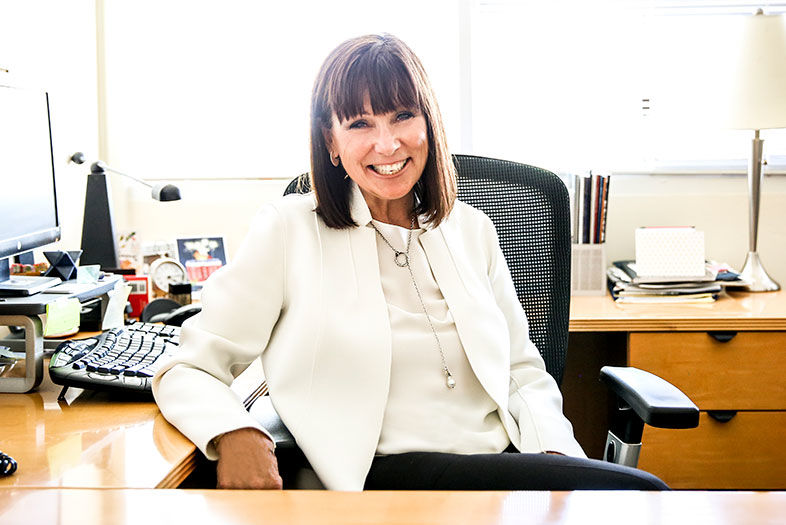20th Annual Tea & Tonic CCS Fundraiser
October 4
Fairmont Grand Del Mar ccs_sd
The first thing you notice about Verna Griffin-Tabor is her welcoming smile and easy manner. You’d never guess she works with trauma survivors and heads a legacy organization that focuses on advocacy, healing, and the prevention of domestic violence and sexual assault (“Real light subject, huh?”). That org, the Center for Community Solutions, maintains emergency shelters, a hotline, and the city’s only rape crisis center.
Before Griffin-Tabor, known to many as “Vee,” arrived at CCS 21 years ago, she’d earned a bachelor’s degree in criminology and a master’s in social work. Early in her career, she designed treatment programs for children who’d been sexually assaulted. She went on to work with rapists and pedophiles in a federal prison in LA, as well as with perpetrators in a halfway house. The challenging work with the convicted “catapulted me to want to work with survivors.”
When she started as CEO and executive director of CCS, its budget was $700,000 and there were just 17 people on staff. Her job involves a lot of fundraising, while still nurturing a healthy culture at the agency and ensuring best practices. CCS now has 80 staff members, 300 volunteers, and a budget of $6 million. With ten locations in San Diego County, they were able to help 22,000 San Diegans last year. What keeps her going is her unassailable optimism, and the knowledge that violence is preventable.
On the #MeToo effect:
I’m seeing a shift in people reaching out for help. Two years ago, our hotline calls went up 15 percent, and they’ve gone up again this year. People are less afraid to come forward. When I look at my career, and I look at where we were 30 years ago, even though it’s a snail’s pace, we are pushing the envelope. Things are changing, laws are changing. Public opinion is a slow-moving machine, but I do see changes. Is it fast enough for me? Heck no! But it is changing.
On the importance of recharging:
Vicarious trauma is real. We do a lot of teaching at the agency around self-care. And for me, honestly, when I get to a problem during the day, what grounds me is, survivors would really like to have this be their problem. When I go home, I have learned how to separate. I ride bikes, I work out, I do yoga. I meditate, and I have a very full life outside of here so I can come back recharged. I had to learn to take breaks. I looked at myself when I wasn’t taking regular vacations. Not only was I not being the person I wanted to be, but I also didn’t give a good message to our leadership team. We have very capable leaders, and they are just fine when I’m not here. As a matter of fact, if they’re not, what kind of foundation did we really build?
On working with boards:
When I first came in, we had a grassroots board, then we moved to an operational board. I took classes on the side. Having a challenging experience in a previous job taught me how to set limits for the board about what the role is and what it isn’t in terms of micromanaging, and how damaging that can be to staff. I’ve been fortunate because we spend so much time in board recruitment, we really get to know people. We don’t have the time to have a board that’s divisive or are chest-pounders. People who come to do this work usually have a real commitment to it.
From doing social work to taking a leadership role:
My social work training actually helps me be a better leader and manage people more effectively because it’s about communication and setting boundaries, and really listening to people when you’re trying to make a decision. [Working with prisoners,] sometimes it was just sitting in a room with them, because so many people had made assumptions about who they were. Being with them, talking with them slowly, over time, would build trust, so that we could start looking at incremental goals.
Explaining her line of work:
I watch people physically shut down. I can see their eyes glaze over because of the intensity of sexual assault and intimate partner violence. That’s where my social work training and my counseling training helps me figure out if there’s a place where we can have this conversation. Because I’m interested in creating seeds for change. They may talk over me. I don’t take ownership for that because I don’t know what I’m tapping into with them. I don’t know what their life experiences are, if they’re threatened by it or they just don’t have the emotional bandwidth to tolerate hearing about this issue. I pay attention: Are they engaging? Are they asking questions that invite me in? And then there are some people I can just tell want to get away. I understand. What I want people to know is why there’s every reason to be hopeful, why it’s so important that we lean in on these issues, and that it doesn’t have to be so scary. I want every school to have education on healthy communication, healthy boundaries, and consent.
In Her Own Words
First Job Ever:
At age 16, I waitressed in a beach resort in Ocean City, Maryland.
Flats or Heels?
Heels.
Book on My Nightstand:
Rising Out of Hatred by Eli Saslowâ
Best Celebrity Run-In:
Gloria Steinem
Erin Meanley Glenny: How does San Diego compares to other cities, in terms of helping victims of sexual violence and intimate partner violence?
Verna Griffin-Tabor: San Diego is seen as a leader in this field nationally. Two programs are cutting-edge right now and unique to San Diego. One is Domestic Violence Abuse Forensic Exams. We’re working with Palomar Medical, law enforcement, and the DA. It’s an evidentiary exam for people who have been victims of domestic violence, with a particular focus on strangulation. When somebody has been [briefly] strangled, they may feel like they’re fine [afterward], but they need a medical exam because they could stroke out in 72 hours. As harsh as it is to talk about, it is saving lives. It’s one of the few in the country. There’s something else called High Risk Teams that the DA asked CCS to coordinate; it’s when a law enforcement officer—or anyone in the community—is working with someone and they know they’re in harm’s way. It’s a way to mobilize the community quickly, bringing in law enforcement, the DA, and other social service agencies to put a safety net around the survivor.
EMG: At what age is it best to start teaching children about healthy relationships?
VGT: I think you start talking to little ones at five and six years old, but you don’t talk about rape and domestic violence. You talk about healthy boundaries and not having kids get in each other’s faces, asking somebody for a hug. Children have the right to say, “No, I don’t want a hug right now.” And then, as they get older, there are age-appropriate conversations to have.
Junior high kids are learning from each other whether we like it or not. They’re on their phones all day. Junior high, high school students are looking at porn. We have to be having these conversations—and not from a fear base; that will do nothing—talking about what’s natural and normal. What is respect? What are healthy boundaries? What is consent? These are just good, healthy conversations. People are scared to have them because they’re not given the tools, but we have all kinds of curricula.
And having some conversation about what it means to be a young man or a young woman; what does that mean sexually and in terms of consent? We’re about healthy relationships. We’re not here to promote any kind of sexual activity; we’re here to look at healthy communication. When you’re dating somebody, what’s okay when you disagree? How do you resolve conflict? I think you start young talking boundaries, individual physical space, and respect for your body, those kinds of things.
I would really love to see it as part of the curriculum. Not just the counselor or having an assembly on these issues, but to have them be a regular part of class. It would be so good for us as a culture, as a country, as a community. And it’s not so farfetched. This is a valuable life skill that we should really integrate into the school system, and give it to parents so they have the tools and they’re not unsure or scared to have the conversation. Let’s make it simple. Let’s take the fear out.
We’ve seen that you have to do at least three “doses.” You have to go back repeatedly to create change. One assembly, one event is not going to help change behavior. They need time to absorb it, try it out, come back, question it.
We’re in a few San Diego Unified schools; we’re in all schools for probation for young boys and young women. Let’s not wait until they have to get there. I’m not marginalizing that, but let’s get on the front end. Hopefully we can head off some of this violence. It’s so doable.
EMG: What kinds of volunteer opportunities does CCS offer?
VGT: We want to expand the work we’re doing in prevention, and we need financial resources to meet the need. We always need volunteers and we put people through extensive training. If somebody wants to do direct service—they want to have contact with survivors, respond to the hospital or help out on the hotline or in the shelter—you need empathy. People who want to help but don’t want the face to face will often help us with administrative tasks, or us do outreach in the community. We always need board members and help fundraising. It depends on somebody’s interest and skill and where they feel like the best seat on the bus is for them.
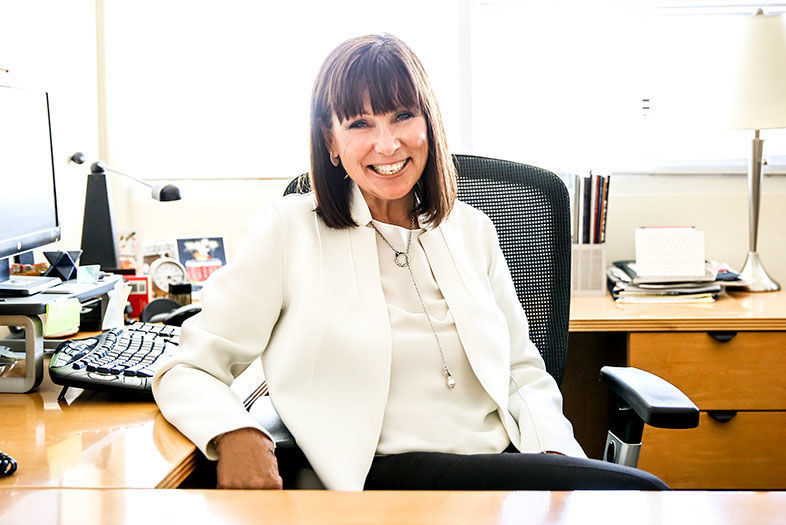
The Woman at the Top: Verna Griffin-Tabor
Photo by Madison Parker


